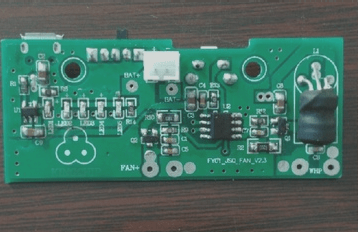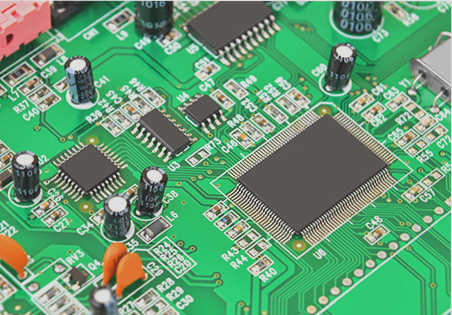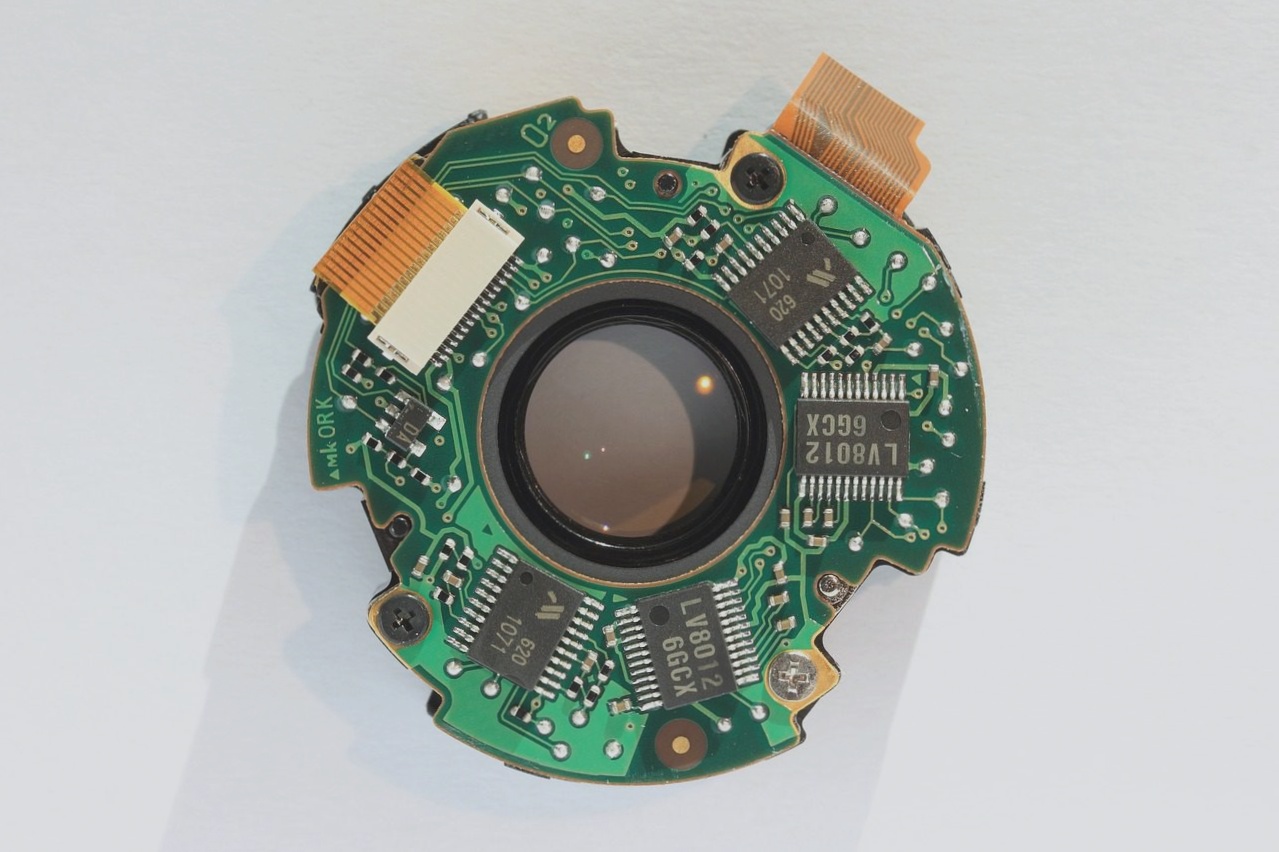Understanding Signal Integrity in PCB Designs
Signal Integrity (SI) is crucial for ensuring that signals travel along the signal line accurately, reaching the receiver with the correct timing and voltage levels. Good signal integrity is essential for maintaining the quality of electronic circuits, as it ensures that signals arrive at their destination with the required timing, duration, and voltage amplitude. However, issues with signal integrity can lead to signal distortion, timing errors, and system failures.
As technology advances and digital systems become more complex, high-speed devices introduce challenges such as signal reflection, crosstalk, and timing errors. These issues can affect the performance of components like cables, interconnects, PCBs, and silicon chips, requiring careful consideration in PCB design to address signal integrity problems.
One of the key aspects of addressing signal integrity issues in PCB designs is understanding and mitigating factors like signal reflection, crosstalk, and signal delay. By implementing proper design strategies and utilizing advanced simulation tools, engineers can ensure that PCBs maintain signal integrity and operate efficiently at high speeds.
Common PCB Signal Integrity Issues:
- Signal Reflection
- Crosstalk
- Signal Delay and Timing Errors
1. Signal Reflection:
Signal reflection occurs when there is a mismatch between the characteristic impedance of the transmission line and the source/load impedance, leading to signal distortions like overshoot, undershoot, and ringing. Proper impedance matching is crucial to prevent these issues and maintain signal integrity.
2. Crosstalk:
Crosstalk results from unwanted interference between signal lines due to electromagnetic coupling. Factors like trace length, spacing, and ground plane quality impact crosstalk levels, highlighting the importance of proper signal routing and layout in PCB designs.
3. Signal Delay and Timing Errors:
Delays in signal transmission can cause timing errors and disrupt the functionality of logic devices. Managing signal delays and ensuring matched signal paths are essential for maintaining accurate timing in high-speed PCB designs.
Steps to Enhance PCB Signal Integrity:
- Pre-design Preparations
- PCB Stack-up
- Crosstalk and Impedance Control
- Identifying High-speed Nodes
- Technology Selection
- Pre-wiring Stage
- Post-wiring SI Simulation
- Post-manufacturing Testing
- Model Selection
By following these steps and integrating signal integrity analysis throughout the design process, engineers can optimize product performance, reduce development cycles, and ensure the reliability of high-speed PCB designs.
Methods for Ensuring Signal Integrity in PCB Design
Enhancing signal integrity in PCB design involves various strategies:
- (1) Consider Circuit Design: Manage simultaneous switching outputs and edge rates, utilize differential signals for clock drivers, and incorporate passive termination for impedance matching.
- (2) Shorten Parallel Trace Lengths: Minimize crosstalk by keeping parallel traces brief.
- (3) Optimize Component Placement: Place components away from sources of interference and reduce intervals between them.
- (4) Maintain Trace-to-Reference Plane Proximity: Keep signal traces near the reference plane to decrease noise and ensure stability.
- (5) Lower Trace Impedance and Drive Levels: Reduce impedance and drive levels when feasible.
- (6) Implement Termination Matching: Use termination circuits for impedance matching along the signal path.
- (7) Minimize Parallel Routing: Prevent inductive coupling by spacing signal traces adequately.
Latest Insights in PCB Design:
- Advanced Crosstalk Control: Utilize advanced techniques to minimize crosstalk by analyzing signal line spacing and parallel wiring lengths.
- High-speed Node Identification: Identify critical high-speed nodes like clock signals early for precise planning and timing requirements.
- Modern Technology Selection: Opt for suitable drive technologies based on signal characteristics and requirements, leveraging programmable technologies for flexibility.
- Pre-wiring Optimization: Define signal parameters and run simulations pre-routing to ensure proper timing and integrity.
- Post-wiring Simulation: Conduct post-wiring simulations to validate signal integrity and address any timing issues effectively.
- Quality Testing: Verify PCB designs post-manufacturing using tools like oscilloscopes to compare actual performance with simulated results.
- Model Precision: Select appropriate SI simulation models, considering collaboration with IC vendors for accurate simulations.
If you require assistance with PCB or PCBA, don’t hesitate to reach out to us at info@wellcircuits.com.




